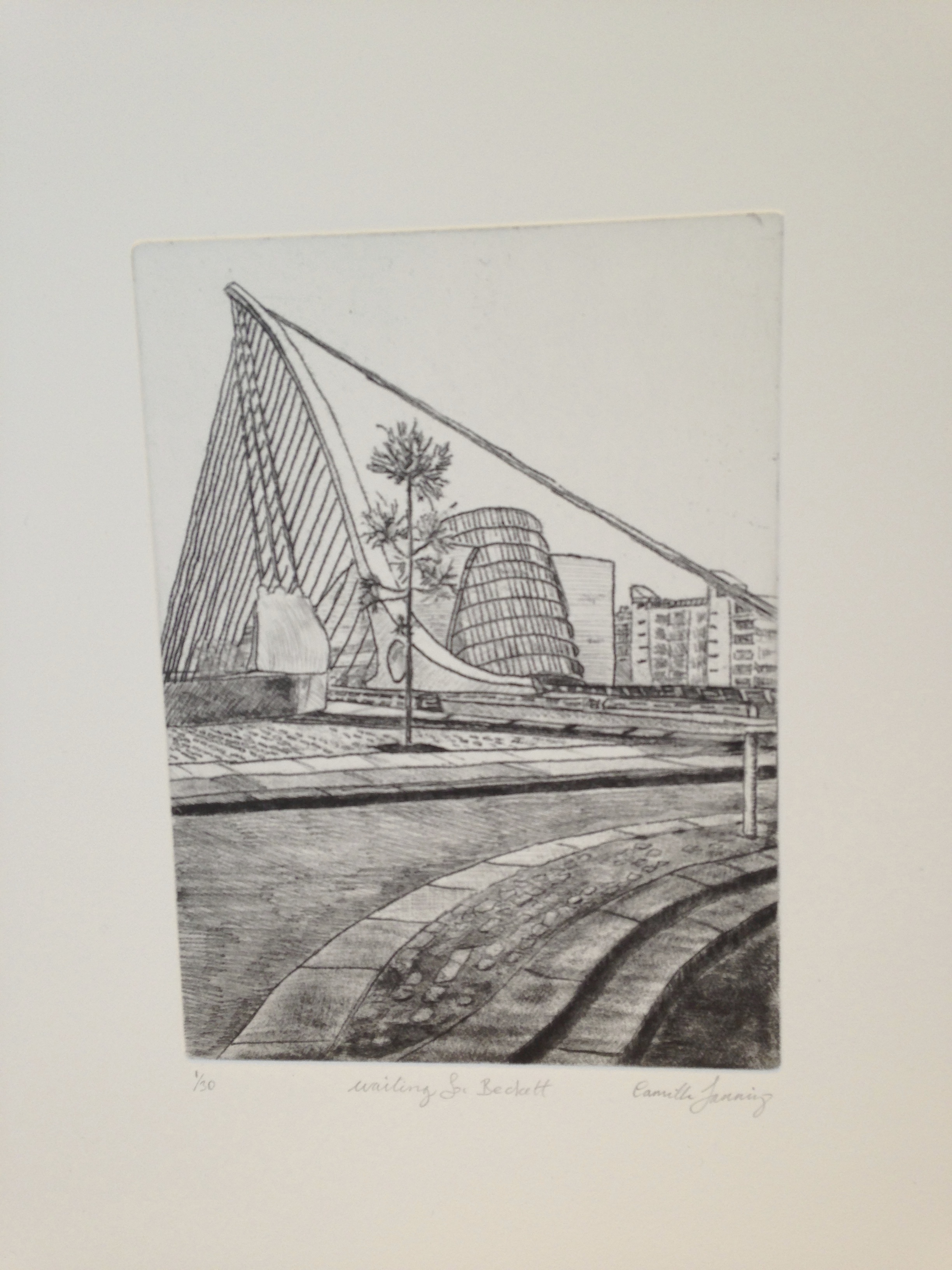Social Media - Bridging Cyberspace
 Friday, August 2, 2013 at 9:08AM
Friday, August 2, 2013 at 9:08AM A bridge, by definition, is a structure spanning and providing passage over a river, a road or the like. In the physical world, it spans two locations which are within a reasonable distance from each other. It enables one to get from here to there.
When it comes to cyberspace, which is not localized but still very real, distance is no problem. In cyberspace - the mindspace we find ourselves in when using technology to communicate - time and space are at once both limitless and compressed. People from different time zones and different geographical locations are connected by the bridges of cyberspace. They are able to get from here2here.
“When I see cyberspace, I see bridges. Perhaps I should say I see people, building bridges in cyberspace. Not bridges of steel, not even electronic bridges, but bridges of ideas that span the miles of physical space, cross the generations and connect people who would otherwise be unlikely ever to meet.” Dr Judi Harris
Social media bridge cyberspace and are largely responsible for the incredible communication evolution currently taking place. They enable collaboration and sharing to take place without geographical, time or economical restraints. These bridges connect not only people, but also ideas, interests and cultures.
The builders of the bridges in cyberspace are its users aided by technology, but unlike in the physical world, each builder constructs only part of the bridge. When a blog is published, a photo posted, an update made, or a tweet sent out, there are endless possibilities of where it will reach. The minute it is read or viewed, a connection is made, and one of many possible bridges is complete.
The effects of cyberbridges are mind boggling, and today’s blog will be just one story in the bigger web of connections.
About a month ago I tweeted about an app which allows potential buyers to project art onto their walls to see what it will look like before they decide whether they should buy it or not. It was retweeted by the amazing artist Walt Pascoe, @waltpascoe, whom I have been following almost since I joined Twitter four years ago. Two weeks later his retweet was further retweeted by @irishetchings, an Irish artist based in Dublin.
!!!“@WaltPascoe: This looks promising RT @lindahollier: Amazing! Finestra App Projects Art Onto Your Wall http://t.co/CXpbxdE37H via @zite”
— Irishetchings (@irishetchings) July 14, 2013
When it appeared in my stream I was amazed. I had never before made contact with anyone from Dublin, and this retweet arrived within a few days of our planned visit to Ireland. It appeared to me to speak of synchronicity. I have written about deep listening in cyberspace and felt I should pay attention.
The three exclamation marks were the completion of a cyberbridge made possible by social media and would lead to quite an adventure.
I discovered that @irishetchings was Camilla Fanning, whose primary medium is etching. Particularly drawn to the fact that a recurring theme of her work is collective memory and shared imaginings I further explored her website.
Her blogs “Strumpets” and “Waiting for Beckett” are an interesting account of the development of her latest etching which would be on display in the Graphic Studio Dublin. There and then I decided that if it was possible I would attempt to see the etching while in Ireland.
There was also a link on her website to current events in Dublin, through which I discovered and subsequently attended a Tibetan singing bowl meditation.
The day after I arrived, I set off in Ireland’s heatwave to find the studio in Temple Bar, an area on the south bank of the River Liffey in central Dublin. While there I took a photo of the etching.

In the late afternoon, I was happy to have lunch at a beautiful little spot recommended to me by a mindfulness twitter friend @twenty1breaths. That evening, resting after a day’s walking and exploring (ever the flaneur!) I did some more research.
The title of the etching, “Waiting for Beckett”, was obviously a play on “Waiting for Godot” by Dublin born Samuel Beckett. To my delight I discovered that the Samuel Beckett bridge (this pdf has some lovely photos, and there are a few more photos of the bridge in my gallery “Ireland”) featured in the etching, was designed by one of my favorite architects, Santiago Calatrava, whom I had blogged about shortly after discovering him in 2009. The bridge looks like a Irish harp on its side and is unique in Ireland in that it is able to rotate through an angle of 90 degrees. Amazingly, it was constructed offsite and made its way to Dublin by barge from Rotterdam.
One of the paradoxes in Calatrava’s designs is that they contain both rootedness and movement and this is clearly demonstrated in the Samuel Beckett bridge.
Rootedness and movement are typical too of cyberbridges. With the body present and rooted in front of a device, one’s mind nevertheless is able to move rapidly in here2here space.
Thinking about all of this, I decided that only one thing could complete my adventure. The next morning, shortly after sunrise, I made my way along the Liffey river to find the spot which had inspired the etching. An hour later I reached the bridge and stood in awe of its beauty. Slender yet strong, it graced the landscape. I wandered over it until I felt I had found the spot which Camilla had used as her perspective.
After taking a number of pics, I simply sat there for a while in the early morning.
Later I worked on an edit and this was the result.
Before leaving Dublin to tour the rest of Ireland I was able to return to the gallery to purchase Camilla’s etching. Somehow its story had become part of mine.